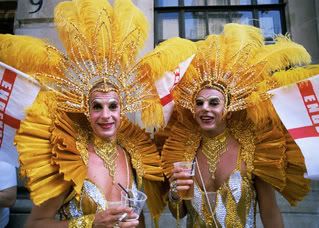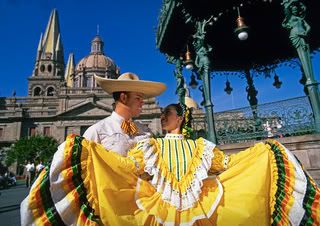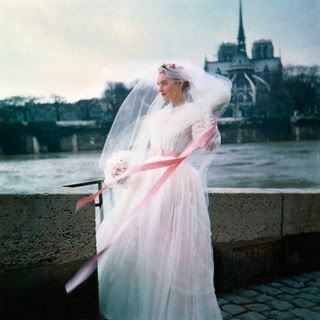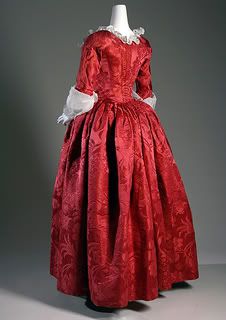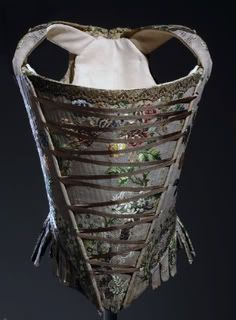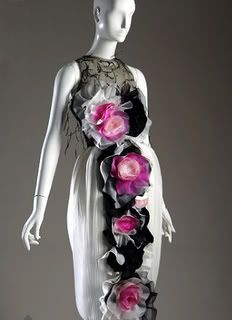1. Buddhist Monk Robe
The Buddhist monk robe was designed since 400 BCE. Originally, monks collected discarded fabrics and wore them as their outfit. Nowadays, people donate new robe to munks every year. But the simple concept is still as same as the original. They wrap the fabric around their body and gather it over one shoulder.
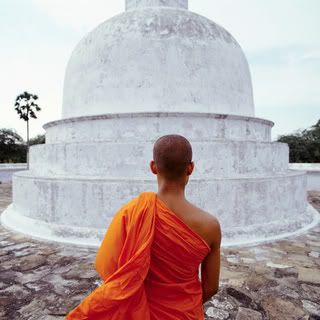
Buddhist Monk Robe
Designer - Buddha
Material - Cotton
Originated - 400 BCE, Indian Subcontinent
Date photographed - 2007, Thailand
2. Thai Ancient Garment
In the era of King RamaIV (1851-1868), Thai ordinary women dressed like the lady in this picture. They wore 2 pieces of fabric. A top is sheer fabric and a bottom is brocade fabric. For top, they wrapped around the chest and draped over one shoulder. For bottom, they wrapped fabric around their waist, gathered two hems and rolled into roll. Then place them under crotch and tuck it under belt, it then became a pant-like bottom.

Thai Ancient Garment: Sabai(top) and Jong Ka Ben(Bottom)
Designer - Unknown
Material - Cotton
1851-1868, Bangkok, Thailand
3. Veil
Firstly, veils were restricted for noble ladies and not available for common women. Then, Veils are usually seen as religious garments. And they were known as marital status later.

Noble Turkish Woman Wearing a Veil
Designer - Unknown
Material - Unknown
1870-1890, Turkey
This is an artwork from the middle age era. Virgin Mary was depicted wearing a veil.
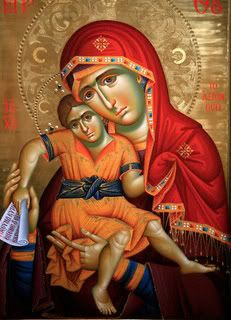
Virgin and Child Icon
14th Century
Location - Aghiou Pavlou Monastery, Mouth Athos, Greece
Currently, veils are popular as important garments for wedding ceremony.
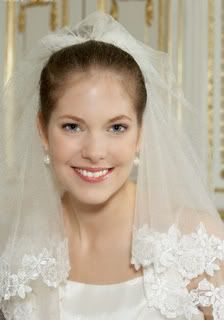
Young bride wears a veil
Designer - Unknown
Material - Unknown
21st century
HISTORICAL TAILORED GARMENTS
1. Dior's New Look
In 1947, after years of war and apportioning of fabric, the New Look was a post war turning point in history of fashion. The key look was a fitted jacket with a nipped in waist and full calf length skirt, which was made by lots of yards of fabric.

Dior's New Look
Designer - Christian Dior
Material - Unknown
1947, France
2. Vietnamese Traditional Dress
Here is Vietnamese traditional tunic or Aodai. It is a well fitted ¾ sleeve top with long hem. Vietnamese pair it with pants.
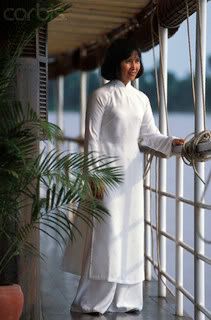
Vietnamese Traditional Dress: Aodai
Designer - Unknown
Material - Unknown
2002, Hanoi, Vietnam
3. Jeans
Jeans were originally patented in 1873, and they never fade from fashion scene since then. Today, jeans fit with everything, from dirty look to luxury, and have become sociology and fashion statement worldwide.
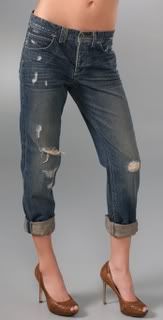
Ex-boyfriend Denim
Brand - Madewell
Material - Cotton
2009, USA
4. Calvin Klein Minimal Suit
These outfits are characterized by clean design and elegant lines, with minimal design which is the signature of Calvin Klein.
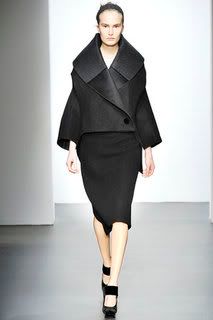
Calvin Klein Fall 2009 Collection
Designer - Francisco Costa
Material - Wool, silk Jersey
2009, New York, USA
Photo credits - corbis.com, shopbop.com, style.com
Sources - mouthathos.com, wikipedia.com

